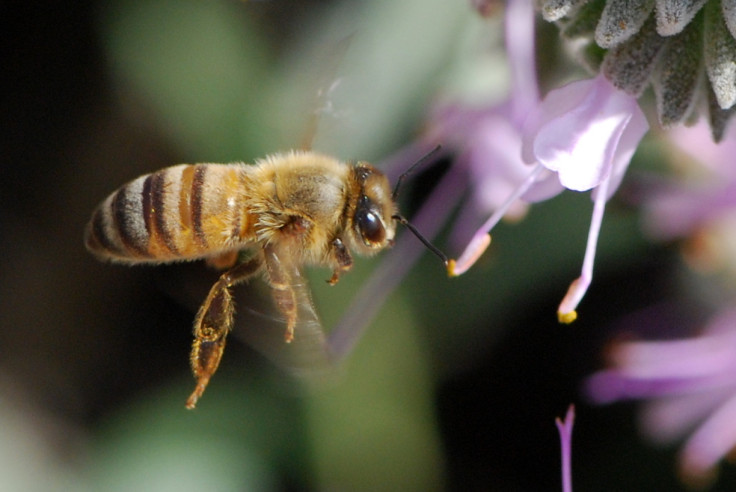The bee-themed algorithm fighting terrorist social networks
An algorithm inspired by the social behaviour of bees can be used to attack any type of criminal network.

Spanish computer scientists have developed a computer algorithm inspired by bees to help law enforcement agencies attack and dismantle any type of criminal or terrorist social network, as well as possible applications in biology, such as the spread of epidemics.
Bee colonies are made up of organised societies whereby each member has a specific role to play – from scout bees that look for food sources, to the worker bees that collect the food, and supervisor bees that wait in the colony to monitor other roles. The bees exchange data and communicate in such a way as to keep the hive running smoothly at all times.
Computer scientists from the University of Granada, the University of Córdoba and the University of Extremadura decided to simulate the communication tactics in the laboratory with computers playing artificial bees, in order to figure out effective strategies for attacking and dismantling any type of physical or digital social network that poses a threat – whether it be to do with organised crime or religious extremism.
How do you take down criminal masterminds?

Typically, law enforcement dismantles criminal networks by catching and arresting the main actors and taking action on them, using the theory that the rest of the organisation is led by and galvanised into action by certain personalities.
However, it is still possible for the network to survive after its leaders are removed, to reconstruct itself and create a new organisational structure to enable it to continue to cause harm, so the researchers decided to find a different way.
"In order to achieve the most effective way of dismantling a network it is necessary to develop and put into action an optimisation process that analyses a multitude of situations and selects the best option in the shortest time possible," said Humberto Trujillo Mendoza, from the Department of Methodology of Behavioural Sciences at the University of Granada and one of the authors of the paper.
"It's something similar to what a chess program does when identifying, predicting and checking the possible steps or paths that may occur in a game of chess from a given moment and movement."
So instead of trying to bring down a criminal network by removing a certain number of top figures in the organisation, instead the computer scientists focused on the communications of the various nodes in the network and which communication paths were the shortest.
Using network theory to pin-point influential bad guys
In a bee hive, when there is a problem with gathering food, the scout bees communicate this fact back to the supervisor bees, who then decide how best to reallocate resources. For example, during the autumn where food supplies in the colony are running low and the bees have yet to discover a new food source, a decision will be made to kick drone bees out of the hive and conserve the resources for the rest of the colony.
So if you really want to destroy the network from within, you need to close down the communication channels. The study of the shortest paths between nodes on a graph is known as "betweenness centrality", a concept that is part of network theory, which is central to computer science. For every pair of vertices in a graph, there exists a number of shortest paths between the vertices.
The betweenness centrality is the number of the shortest paths that pass through each vertex, and a node with a higher betweenness centrality has mode control over the network as more information passes through that node. These are the nodes that law enforcement should be focusing on, and the computer algorithm is able to calculate the highest betweenness centrality for the actors in a fictitious network, just like in a bee colony.
Their research, entitled "Optimizing network attacks by artificial bee colony", is published in the journal Information Sciences.
© Copyright IBTimes 2025. All rights reserved.






















